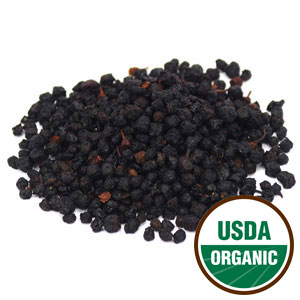Bilberry Fruit
Vaccinium myrtillus
| Botanical Name |
Vaccinium myrtillus |
| Common Name |
Bilberries |
| Parts Used |
Leaves ad Berries |
| Historical |
Fights Infections, improves blood
circulation, Antiseptic, Astringent, Diuretic |
| How to use |
capsule, liquid extract, and tea |
| Combinations |
Ginkgo, hawthorn berry, eyebright &
bilberry leaf |
Bilberry
has several benefits to the body. Night blindness and myopia
respond well to Bilberry. and myopia
respond well to Bilberry.
Bilberry
contains anthocyanoside, which has been shown to speed up
regeneration of rhodopsin. These flavonids increase the
strength of blood capillaries and reduce their permeability,
and increasing their resistance.
Anthocyanosides strengthen the body's small blood vessels,
known as capillaries. When capillaries become
fragile, bruising occurs. Weak capillaries lead to
poor blood supply to connective tissues in the body.
Anthocyanosides also improve circulation though larger blood
vessels. This indicates that blood vessel tone is
improved in both arteries and veins after use.
Bilberry
can help diabetics diagnosed with retinopathy.
This is the leading cause of blindness among diabetics and
is characterized by damage to the capillaries in the retina.
The
best way to use Bilberry is the fruit, with just a little
leaf. Combined Bilberry, eyebright, and raspberries,
if using to help with macular degeneration.
References:
The Macular Degeneration Source Book by Bert Glaser and
Lester Picker
Bilberry & Lutein: The Vision
Enhancers! Protect Against Cataracts, MacUlar Degeneration,
Glaucoma, Retinopathy & Other Health Problems
by Beth M. Ley
Healthy Healings by Linda Page N.D. PhD
|


 and myopia
respond well to Bilberry.
and myopia
respond well to Bilberry.